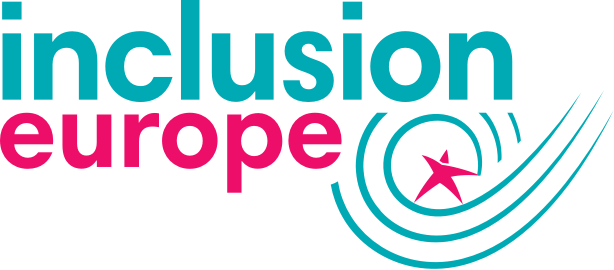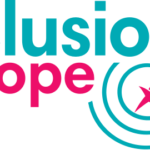 |
A study has shown that women with disabilitiesare more at risk to be treated badly in the place where they live, compared to women without disabilities. Being badly treated at home is called ‘domestic violence’. However, it is also said that women with disabilities This was said during a conference in Australia In order to improve the situation, |
A study from 2008 commissioned by Woman’s Aid concluded that woman with disabilities are at a higher risk to be exposed to domestic violence compared to their able-bodied peers.
However, as domestic abuse is finding its way to the political agenda, several disability advocates claim victims with disabilities are left behind and underrepresented within public debate.
Amongst those disability advocates seeking to raise awareness on the matter, is Dr. Aminath Didi, an academic from a joint project between the University of New South Wales and Woman with Disabilities Australia. She brought up the issue during the Ending Domestic Violence conference in Sydney last week, by saying that this case of exclusion is peculiar since “violence suffered by women with disabilities tends to be more extensive and suffered over longer periods of time then violence against men or against women without disabilities”.
Didi is backed up by the 2012-13 Stop the Violence project, conducted by Women with Disabilities Australia, stating that “violence intensifies in frequency, extent and nature when gender and disability intersect”.
She added that part of the problem lies with a lack of definition on what constitutes violence against women, linked to the many places where women can encounter domestic maltreatment, namely within their own family but also in institutions such as special schools, hospital and care homes. “Domestic violence is generally conceptualized in the context of spousal or intimate partner or family violence, which frequently excludes what women with disability experience, in the settings where they live,” Didi said. “Forms of violence could be forced or coerced sterilization, forced contraception, forced or coerced psychiatric interventions, violations of privacy, forced isolation and deprivation of liberty”.
It should also be said that victims living in isolated institutions generally face a higher disadvantage: they are unaware on how to put an end to their abuse due to the fact that services, information and awareness concerning domestic abuse tends to be scarcer in such locations.
Professor Leanne Dowse, project chair and co-author of the 2015 report ‘Preventing Violence against Women and Girls with Disabilities’ , joined Didi at the conference. Dowse specifically focused on the legal exclusion of women with disabilities in Australia concerning domestic violence, as they supposedly continue to fall through a string of legislative and policy gaps.
“Violence against women and girls with disabilities in all its form remains widespread and largely unaddressed, despite clear obligations by international human rights law to do so”, Dowse said.
She added that many human rights organizations were alarmed about the low rate of reporting, prosecution and conviction of offenders in Australia, as well as a lack of information, statistics and inclusive legislation policy.
Statistics on how many cases of violence against women with disabilities have occurred are, in the case of Australia, difficult to obtain as the Australian authorities do not take the status of disability into account.
“Legislation policy and service responses tend to view disability as an ‘additional group’, whose needs are exceptional or additional to the central prevention agenda,” Dowse said. She concluded that efforts into preventing abuse against women with disabilities in Australia are fragmented and definitions and scope are not consistent.
This article deals with the situation of women with disabilities concerning domestic abuse in mainly Australia, however it is safe to say that in other parts of the world their plight is similar. As Handicap International stated across the globe, women with disabilities have 130% more chance to become a victim of domestic maltreatment compared to other people.
It is therefore time for governments to take their responsibility into safeguarding the right of women with disabilities to live free from abuse.
to read the original article, click here.





